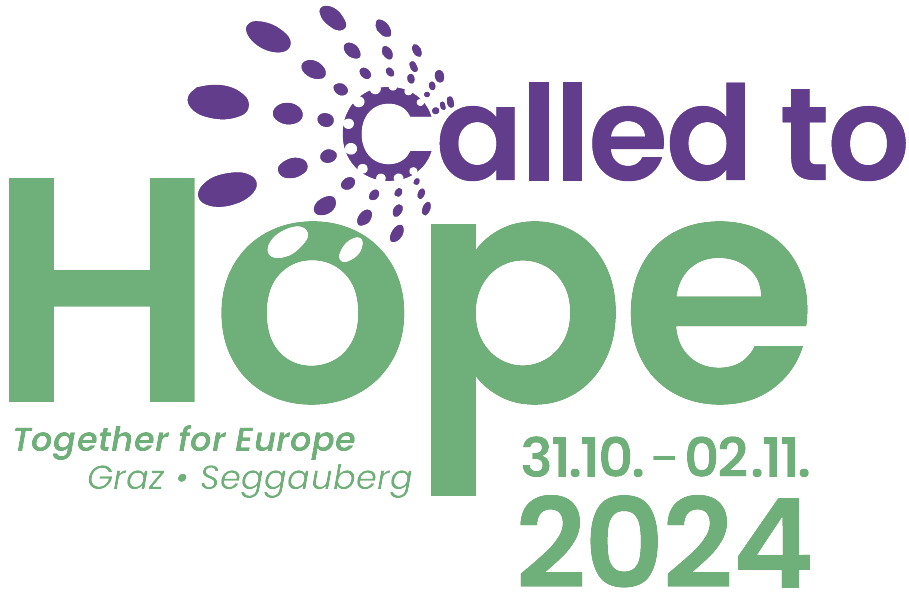Ecumenical Walk in Graz
-
Start (3 pm)
We start at the PLACE OF RECONCILIATION in the Graz City Park.
The closing event of the II European Ecumenical Assembly took place here in 1997. In the centre is an approx. 10 m high wooden cross, which was erected for the Styrian Catholics' Day in 1981.
-
Stationen
Our path leads us through the city park to the STADTKRONE. Here we find the (former) centres of spiritual and secular power in the immediate vicinity:
-
The former Landesfürstliche BURG (now the seat of the Styrian governor = prime minister and his deputy), as well as the GRAZER DOM, former court church, cathedral church of the diocese of Graz-Seckau since 1786.
We continue past the Old University to the LANDHAUSHOF: The Landhaus is the seat of the Styrian Parliament - the Styrian regional parliament. The so-called provincial estates used to rule here, which, in contrast to the provincial prince, had become almost completely Protestant in the 16th century - conflicts were therefore inevitable
In the LANHAUSHOF we see the memorial stone commemorating 500 years of the Reformation, laid in 2017 in a ceremony with representatives of the ecumenical movement and the government. The inscription reads: 1517-2017, against each other-next to each other-together.
-
We walk across the main square in Graz - with a beautiful view of Graz Castle Hill - to the PARADEISHOF:
None other than Johannes Kepler taught at the former Protestant Estates School here before he - like many others - was forced to leave the country. "Cuius Regio, eius et Religio"...
-
Crossing the Mursteg (we cross the Mur) we come to the memorial plaque to the TÄUFERBEWEGUNG, whose followers were badly treated in Graz from 1528 onwards. Many free churches in Austria see their roots in the Anabaptist movement.
Through the Minorite neighbourhood and the Volksgarten we finally reach the Protestant CROSS CHURCH::
-
Conclusion (approx. 6 pm)
This church is located in one of Graz's neighbourhoods. The congregation under its pastor Paul Nitsche sees its main task as making the local church visible in its social orientation.
After a prayer service in the church, we will end the afternoon with an AGAPE in the parish hall.
